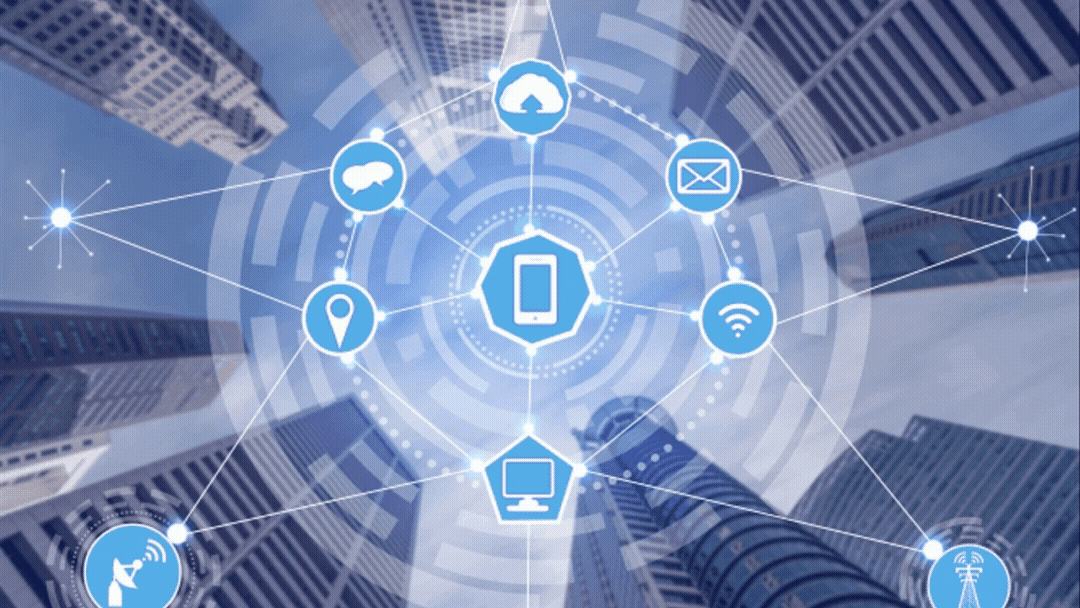In today’s hyper-connected world, smart buildings are no longer a futuristic concept—they’re a necessity. From automated lighting and HVAC systems to advanced security and occupancy monitoring, the Internet of Things (IoT) is transforming how buildings operate. However, none of this is possible without a robust, high-performance Managed Wi-Fi infrastructure.
This article explores how Managed Wi-Fi for Smart Buildings enables seamless IoT integration, improves operational efficiency, and enhances user experiences—all while ensuring security and scalability.
Why Managed Wi-Fi is the Backbone of Smart Buildings
Traditional Wi-Fi networks were designed for basic internet access, not the complex demands of smart buildings. Managed Wi-Fi, on the other hand, is a professionally designed, monitored, and optimized wireless solution that ensures:
✅ Reliable Connectivity – No dead zones, even in large or dense buildings.
✅ Scalability – Supports hundreds (or thousands) of IoT devices without lag.
✅ Security – Protects against cyber threats targeting IoT devices.
✅ Centralized Management – IT teams can monitor and adjust networks remotely.
Without a managed Wi-Fi solution, smart buildings risk connectivity drops, security vulnerabilities, and inefficient IoT performance.
How Managed Wi-Fi Enhances IoT Integration in Smart Buildings
IoT devices rely on uninterrupted connectivity to function effectively. Here’s how managed Wi-Fi optimizes IoT integration:
1. Supports High Device Density
Smart buildings deploy numerous IoT sensors—motion detectors, smart thermostats, surveillance cameras, and more. A managed Wi-Fi network ensures seamless communication between these devices without congestion.
2. Enables Real-Time Data Processing
IoT devices generate massive amounts of data. A managed Wi-Fi system prioritizes critical traffic (e.g., security alerts) while efficiently handling non-urgent data (e.g., temperature logs).
3. Enhances Energy Efficiency
Smart HVAC and lighting systems adjust based on occupancy and environmental data. A reliable Wi-Fi network ensures these systems operate in sync, reducing energy waste.
4. Improves Security & Compliance
Many IoT devices have weak built-in security. Managed Wi-Fi adds layers of protection, including:
- Network Segmentation – Isolates IoT devices from critical systems.
- AI-Driven Threat Detection – Identifies and blocks suspicious activity.
- Regular Firmware Updates – Ensures devices stay protected.
5. Simplifies Remote Monitoring & Maintenance
Facility managers can oversee building operations via a centralized dashboard, reducing the need for on-site troubleshooting.
Key Challenges & How Managed Wi-Fi Solves Them
Challenge 1: Interference & Dead Zones
Older buildings with thick walls or metal structures often suffer from weak signals. Managed Wi-Fi uses AI-powered analytics to optimize access point placement and minimize interference.
Challenge 2: IoT Device Compatibility
Not all IoT devices support the latest Wi-Fi standards (e.g., Wi-Fi 6). A managed service provider ensures backward compatibility while planning for future upgrades.
Challenge 3: Bandwidth Congestion
With dozens (or hundreds) of devices competing for bandwidth, a poorly managed network slows down. Managed Wi-Fi uses Quality of Service (QoS) protocols to prioritize critical traffic.
Future Trends: Wi-Fi 6 & Beyond
The next evolution in wireless technology, Wi-Fi 6 (802.11ax), is a game-changer for smart buildings. It offers:
✔ Faster Speeds – Ideal for 4K video surveillance and AR/VR applications.
✔ Lower Latency – Crucial for real-time automation.
✔ Better Power Efficiency – Extends battery life for IoT sensors.
As Wi-Fi 6E (which includes the 6 GHz band) becomes mainstream, smart buildings will experience even greater performance and capacity.
Choosing the Right Managed Wi-Fi Provider
Not all managed Wi-Fi services are equal. When selecting a provider, look for:
🔹 Experience in Smart Building Deployments
🔹 Proactive Monitoring & 24/7 Support
🔹 Strong Security Protocols (WPA3, Zero Trust Networking)
🔹 Scalability for Future IoT Expansions
Conclusion: The Smart Building Revolution Starts with Managed Wi-Fi
The rise of smart buildings hinges on seamless IoT integration, and that depends on a high-performance managed Wi-Fi network. Whether it’s optimizing energy use, improving security, or enabling real-time automation, managed Wi-Fi ensures that smart buildings operate at peak efficiency.
Investing in a professionally managed Wi-Fi solution today prepares your building for tomorrow’s IoT advancements—future-proofing your infrastructure while enhancing user experiences.
